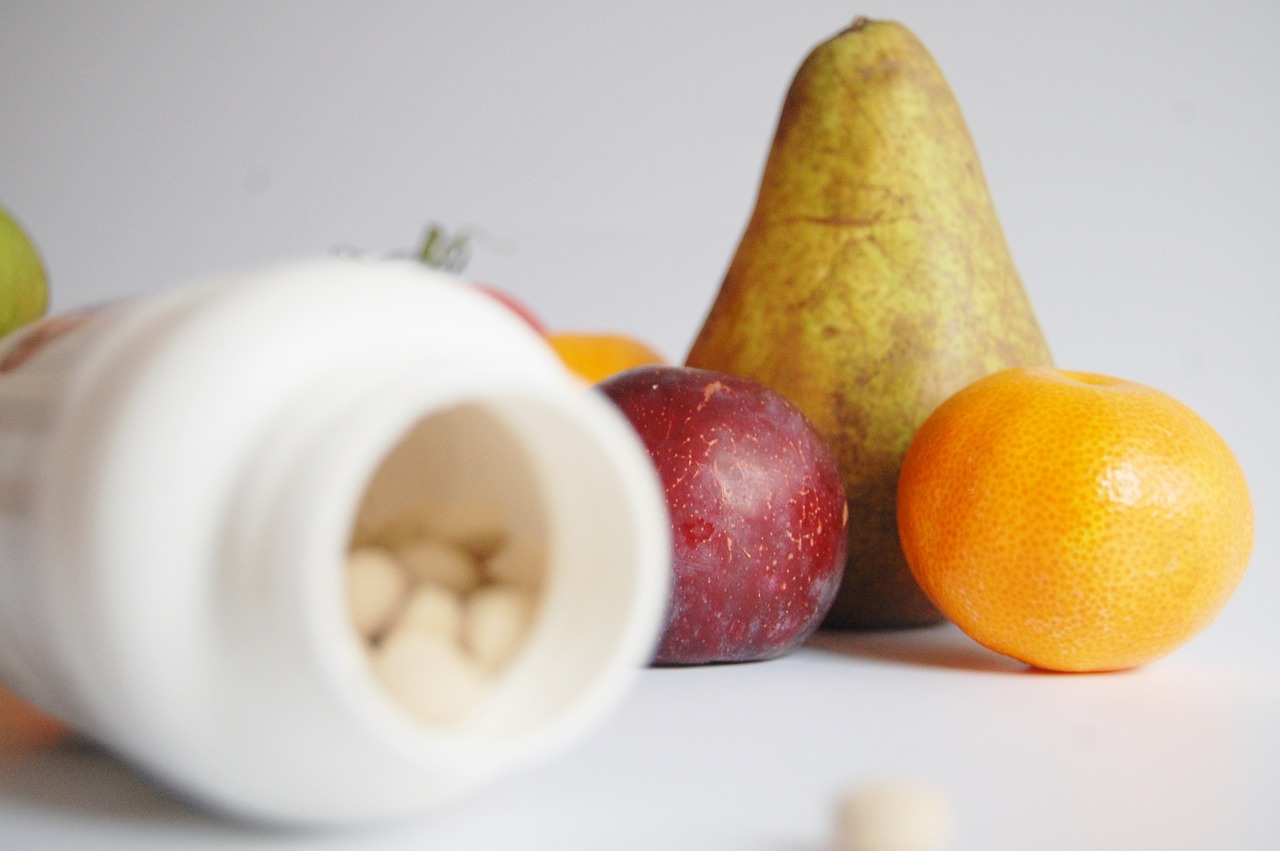Our world has gotten so complex with chaotic schedules, technology, and marketing. Food has become more complicated, with the promotion of words such as “probiotic” and “prebiotic” across beautiful matte organic-appearing packages. But what really is a prebiotic? And what is a probiotic?
Prebiotics are essentially food for the millions of bacteria making up the majority of microorganisms that live within our gut. On the other hand, probiotics are essentially the microorganisms within our digestive tracts. These microorganisms form our microbiome. What makes us so unique is that each of our microbiome is different. We need a great microbiome in order to help us break down foods, produce vitamins, and support our immune systems. Needless to say, the more diverse our microbiome the healthier we are.
So how do we get there? We need a more varied diet with overall less processed products. Fiber is a prebiotic. Various fibers exist in different plants. So, the wider breadth we eat the more prebiotics we have. And the more prebiotics we consume, the more nourishment there is for the microorganisms living within us. So, there really is some truth to eating the rainbow.
But what about probiotics? How do we eat our way into more probiotics? Fermented foods contain tons of probiotics. Every culture has fermented products. Koreans love kimchi. Germans love sauerkraut. And yogurt is rampant across the Middle East and Western societies.
Of course, we can buy prebiotic and probiotic supplements. It’s hard to determine if there’s one cut above the rest due to the lack of available large volume studies into these products. Given how expensive supplements can be, if we spent that money on quality food, we can eat our way into a better microbiome and subsequent health.
